Irish brain tumour research was spotlighted at a recent seminar. Catherine Reilly reports
The investigation of gene therapy for brain tumour-related epilepsy (BTRE) was among the topics presented at a recent seminar held during Brain Tumour Awareness Week.
The seminar in Dublin, organised by Brain Tumour Ireland and Trinity College, was attended by patients and families, clinicians, and research scientists. It showcased Irish research projects and services that aim to improve patient care. Each year, around 480 people in Ireland are diagnosed with a primary brain tumour.
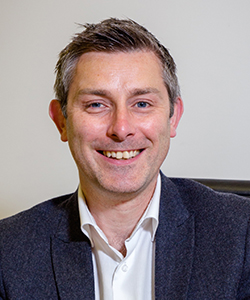
‘Advancing treatments for BTRE’ was presented by Prof Mark Cunningham, the Ellen Mayston Bates Professor of Neurophysiology of Epilepsy at Trinity College.
BTRE is commonly experienced by people with a brain tumour, with incidence dependent on the tumour type (eg, 100 per cent in dysembryoplastic neuroepithelial tumour; 50-90 per cent in low-grade glioma; 45 per cent in meningioma; 25-40 per cent in glioblastoma; and 20-40 per cent in brain metastases).
“[BTRE] essentially comprises two very serious and significant pathologies,” stated Prof Cunningham. “On one hand we have a tumour, which is oncology, and on the other hand we have a neurological condition, which is epilepsy, and these two conditions collide. So it’s a very significant collision in terms of the impact that it has for patients, and indeed, seizures are one of the most frequent comorbidities in neuro-oncology, and they can present either as the initial symptom.… or might be something that arises as an evolution as the tumour grows.” The management of BTRE “can be very complicated because you have these two simultaneous processes that are going on at the same time”.
BTRE is a major risk factor for long-term disability due to the negative impact of seizures on overall quality-of-life, and the side-effects of anti-seizure medications in this cohort.
Clinical management through radiotherapy, chemotherapy, and anti-seizure medication can reduce seizure frequency, but many patients continue to experience seizures. Surgical treatment also has limitations – for example, 37.5 per cent of patients with low-grade glioma continue to experience seizures following surgery.
Against this background, Prof Cunningham said scientists are motivated to identify new approaches that could lead to better treatment options.
Using an in vivo mouse model of glioma, the Cunningham Lab at Trinity is investigating whether a novel gene therapy can stop seizures. Human peri-tumoural tissue donated by neurosurgical patients at Beaumont Hospital in Dublin is also being used as a test bed for the novel gene therapy approaches. The project is funded by Science Foundation Ireland.
Describing the fundamental basis for the research, Prof Cunningham explained the important role of the neurotransmitter glutamate in the peri-tumoural region, where it is a key contributor to development of seizure activity and tumour growth.
The challenges facing brain tumour patients, when returning home after surgery and treatment, can be wide and varied
As Prof Cunningham outlined, the glioma cells ‘hijack’ the glutamate signalling process to help themselves grow. The glioma cells also produce lots of glutamate. This results in elevated glutamate which leads to the neurons becoming ‘over-excitable’ and generating epileptic activity. In addition, too much glutamate kills normal brain cells, clearing a path for the tumour cells to grow and infiltrate more space.
In this context, Prof Cunningham and his colleagues are trying to understand whether gene therapy could be used to treat BTRE. The research is using a form of chemogenetics – an engineered glutamate-gated chloride channel – with the objective of stopping seizure activity.
Prof Cunningham told the seminar: “We use a virus to introduce a novel protein which is expressed in these neurons around the tumour and what we are hoping is that when glutamate levels are elevated, they act on this particular ion channel to actually turn off the activity. So rather than having hyper-excitable neurons, we have neurons which have been calmed down, and that hopefully will lead to less seizures occurring in the peri-tumoural region.” The lab’s scientists are further exploring whether this process may also slow the growth of the tumour itself.
During his presentation, Prof Cunningham also discussed research examining the impact of some components of the ketogenic diet on glioma cell activity.
Prof Cunningham said BTRE was a “very active and international area of research”. He commented: “Gene therapy approaches may prove useful, but obviously much more further pre-clinical research and translational work is required to demonstrate efficacy.” He said novel pharmacological therapies using lessons from the ketogenic diet may also prove useful.
Prof Cunningham added: “The research is really telling us that there are these kinds of shared mechanisms that are not only underlying the tumour growth and infiltration, but seizure generation as well – and I think we need to take a synergistic approach to really tease-out what is going on in terms of brain tumour-related epilepsy.”
Brain-Restore
Prof Kathleen Bennett, Professor of Biostatistics in the RCSI School of Population Health, spoke on the Brain-Restore project. The aim of this RCSI-led study is to understand the rehabilitation needs of people diagnosed with a brain tumour in Ireland and gain insight to inform policy and practice. The project is funded by Health Research Charities Ireland, the Health Research Board (HRB) and Breakthrough Cancer Research. Findings will be disseminated to key stakeholders, including brain tumour survivors and their families, healthcare professionals, and policy-makers.
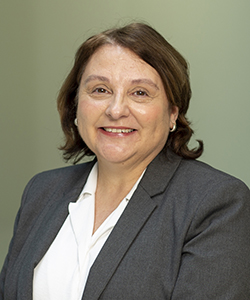
Prof Bennett explained that there is a high prevalence of neurological impairment in people with a brain tumour, creating significant symptom burden.
Pathways for brain tumour treatment are established under the National Cancer Control Programme. However, pathways for rehabilitation are not well described and best practice is not defined. This has led to significant unmet needs for people impacted by a brain tumour.
Prof Bennett noted the contribution of its first patient and public involvement (PPI) collaborator, Ms Mary O’Sullivan. Mary was diagnosed with a brain tumour in December 2020 and had surgery in April 2021, spending nine weeks in hospital
“[Mary] came to us to discuss the difficulties accessing rehab after tumour treatments and the… complex and lifelong needs after a brain tumour…. And Mary helped us develop our proposal and research funding application.”
Mary and other PPI participants are contributing their perspectives on the lived experience of a brain tumour diagnosis.
The Brain-Restore project has four main components: Profiling the characteristics of brain tumours in Ireland using data from the National Cancer Registry Ireland (NCRI); a cross-sectional survey of healthcare professionals capturing perspectives on current rehabilitation provision and needs; a scoping review to explore international evidence on current rehabilitative interventions; and a prospective study to measure the rehabilitation needs of people with brain tumours.
There were over 13,000 primary brain tumour cases registered from 1995 to 2019, according to NCRI data. The most common subtypes diagnosed during this period were glioblastoma (28 per cent) and meningioma (25 per cent). The median age of diagnosis was 60-to-64 years. About half of patients had surgery, just over a third had chemotherapy, and about 20 per cent radiotherapy.
The age-standardised incidence rate per 100,000 population increased during this period. This was likely due to improved diagnosis, treatment, and survival, as well as improved cancer registration. The data also showed a small, but significant increase in five-year survival.
The Brain-Restore team has completed a scoping review examining international evidence on rehabilitation needs and interventions. It found that the rehabilitation needs of patients can be prolonged and often evolve over time. There were a range of unmet needs in terms of physical, cognitive, emotional, and social aspects.
In regard to studies that examined interventions for physical and cognitive rehabilitation, these generally reported a beneficial outcome.
Prof Bennett also presented headline findings from the survey of healthcare professionals in Ireland on rehabilitation services and unmet needs.
“Patients need regular and ongoing care for their needs, and we know from the evidence from our survey that there are limited rehab treatment plans at discharge, and this is something we want to look at further,” said Prof Bennett.
Common challenges after diagnosis and treatment included fatigue, speech and language deficits, lack of emotional supports, cognitive and attention problems, and balance issues.
In terms of system-level barriers to accessing rehabilitation, several issues were identified by the healthcare professionals. These included limited access to specialist rehabilitation, insufficient rehabilitation beds, long waiting lists, lack of specific therapies, lack of defined care pathways, insufficient resources for community therapists, and geographic variation.
A prospective study has opened which is recruiting patients and families/carers with the aim of better understanding rehabilitation needs.
The study aims to measure the physical, cognitive and quality-of-life impacts of a brain tumour using questionnaires at three time points. The research team will also interview patients and families about their use of healthcare services/rehabilitation needs (those recently diagnosed and those more than a year after diagnosis). “We are looking for people who would like to be involved in this research,” outlined Prof Bennett.
The researchers are also incorporating an ‘action research’ approach to identify potential changes to current practice while the study is ongoing.
Prof Bennett said Brain-Restore will provide a basis to prioritise the supports required and encourage healthcare providers and policy-makers to adequately resource neuro-rehabilitation for people affected by brain tumours.
Specialist neuro-oncology nursing
Ms Eloise Cowie, Clinical Nurse Manager (CNM) 3 in neuro-oncology at Beaumont Hospital, shared insights on the evolution of the neuro-oncology clinical nurse specialist (CNS) role and their key contribution to patient care.
The neuro-oncology nursing service at Beaumont was established in 2002 by nurse Ms Shona Schneemann. In the early days, there were limitations placed on the types of patients seen by the nurse specialist (in terms of brain tumour subtype) and the points in the patient journey when they saw the nurse specialist. Over time, however, the value of the role was recognised and the remit of the CNS in neuro-oncology has expanded considerably.
Currently at Beaumont, there is a CNM 3 (Ms Cowie) and three CNSs in neuro-oncology (two of whom are part-time). They care for patients with malignant and benign brain tumours.
As well as their clinical focus, the CNS has important functions in patient advocacy, education and training (for staff and patients/families), audit and research, and supporting new staff members.
Ms Cowie said the CNS meets the patient at diagnosis and is key to ensuring coordination of their care according to their individualised needs. They are the patient’s primary contact during their treatment. The role can be emotionally demanding and it requires flexibility and good inter-personal skills.
“It is important the care we provide is tailored and person-centred,” she said. “Patient satisfaction is very important as well.”
She said a brain tumour diagnosis can be devasting for patients who, in a short timeframe, are facing surgery for a diagnosis they had never imagined. Depending on the nature of the diagnosis, the individual may experience cognitive, physical and personality changes, which could have wider legal, financial, and employment implications.
“With years of working with people facing into this, we have some idea of what people generally need. But obviously we need to tailor that and listen to the individual needs as well,” outlined Ms Cowie.
Because patient care often involves different treatment modalities, it is important someone is navigating this journey with the patient, and this is a key function of a CNS in the service.
Ms Cowie acknowledged the reality of resource limitations, but noted the commitment of staff who are adaptive and ‘make things happen’.
She also outlined some of the tailored services established in neuro-oncology, including a clinic for adolescent patients.
Ronnie Fehily Medal Award
The evening concluded with the presentation of the Ronnie Fehily Medal Award. The award, established in memory of the late Ms Ronnie Fehily, invites early-stage researchers to submit a 400-word abstract providing an overview of a brain tumour research project in which they are involved and to design this abstract in such a way as to be understood by a lay audience.
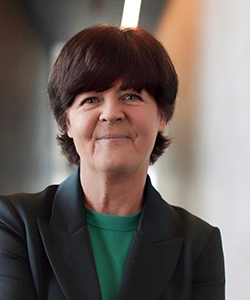
The 2024 Ronnie Fehily Medal Award was won by Ms Mai Alkurashi, a PhD student at University College Cork. Ms Alkurashi spoke on investigating a novel treatment for glioblastoma, an aggressive cancer for which standard treatment had changed very little in the past 20 years. Ms Alkurashi’s presentation described targeting the endosomal recycling pathway in glioblastoma to investigate new therapeutic approaches.
Speaking at the event, Brain Tumour Ireland CEO Ms Fiona Keegan emphasised that “access to research is really important for brain tumour patients and family members”.
Ms Keegan also informed the Medical Independent that the organisation is advocating for clear and defined pathways to meet the rehabilitation needs of patients.
“The challenges facing brain tumour patients, when returning home after surgery and treatment, can be wide and varied. Factors such as geographical location, a supportive and informed GP, support in returning to work or school, etc, can affect the recovery and quality-of-life for the patient and their family and carers,” she said.
“We want to see a clear and defined pathway where the rehabilitation needs of patients are understood by all health providers. We are delighted to partner with the RCSI Brain-Restore project to ensure the patient’s rehabilitation needs are identified and gaps in services are reduced.”
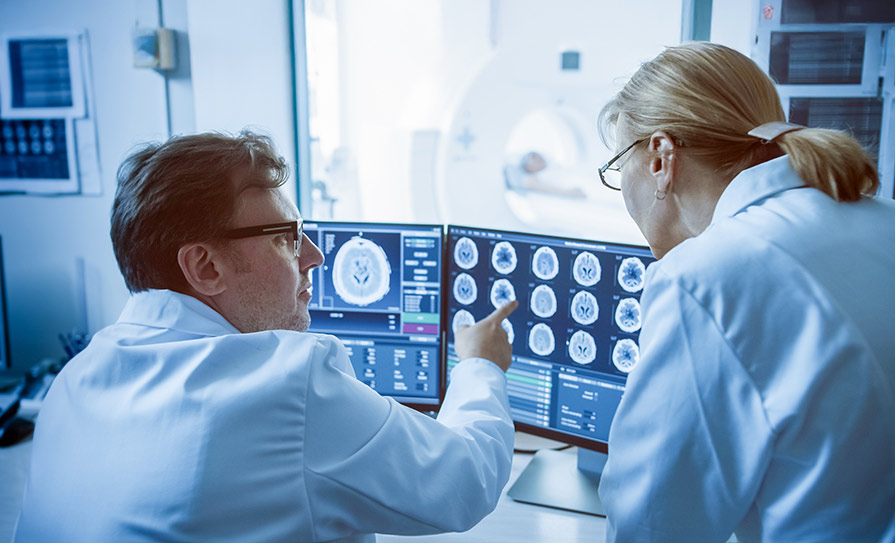





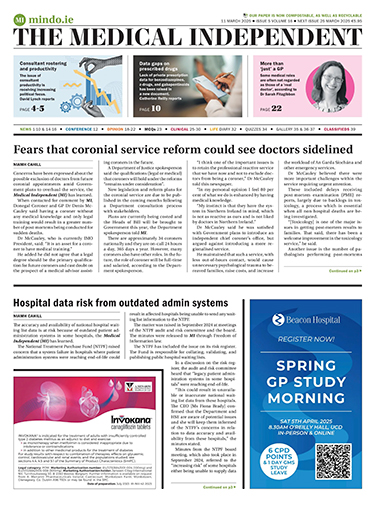

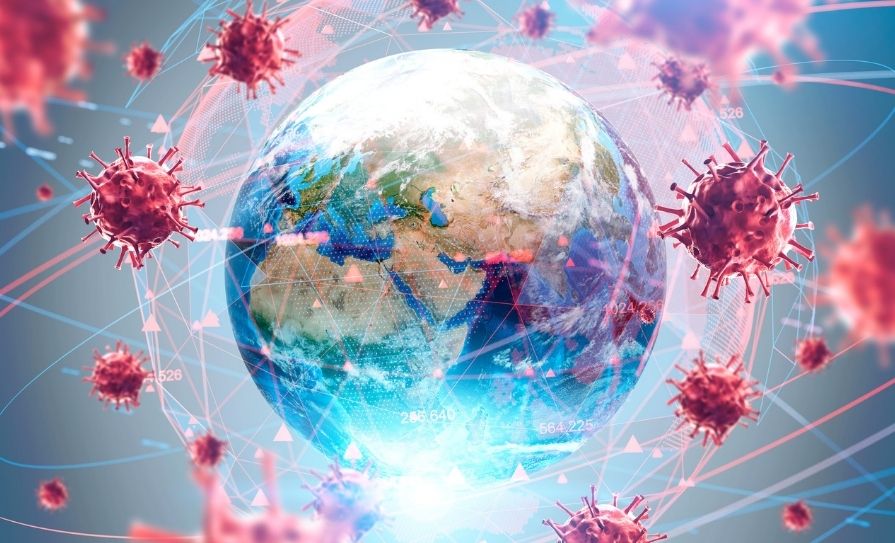




Leave a Reply
You must be logged in to post a comment.